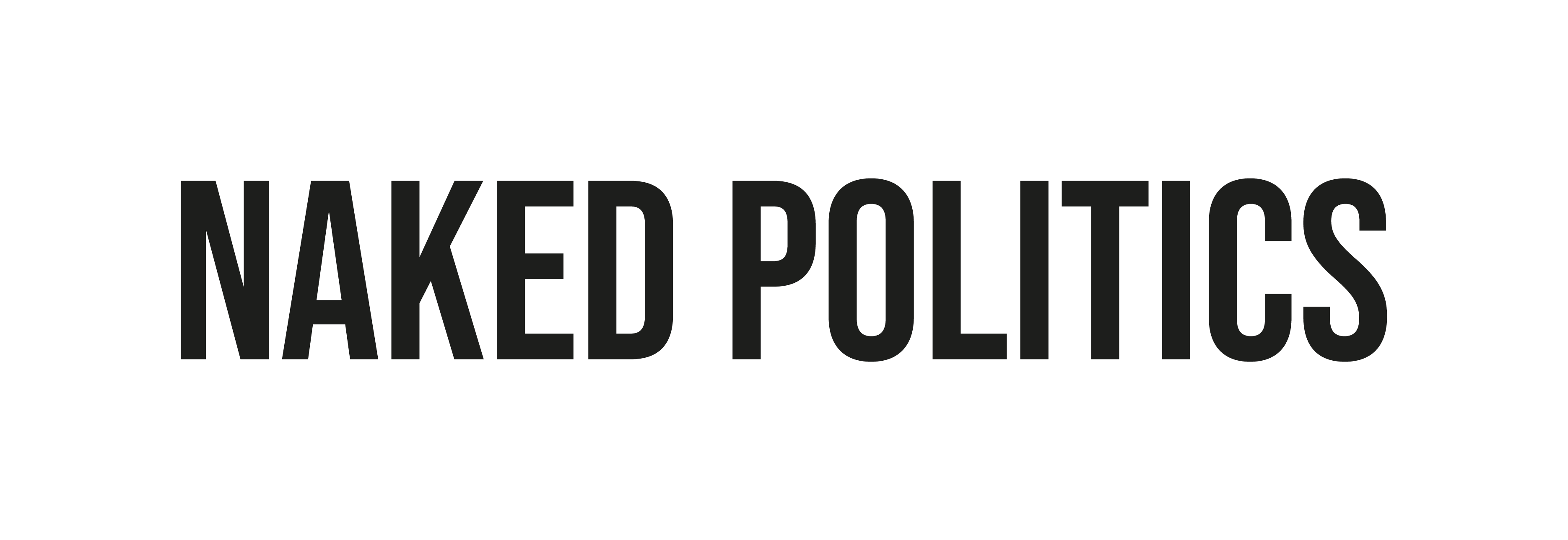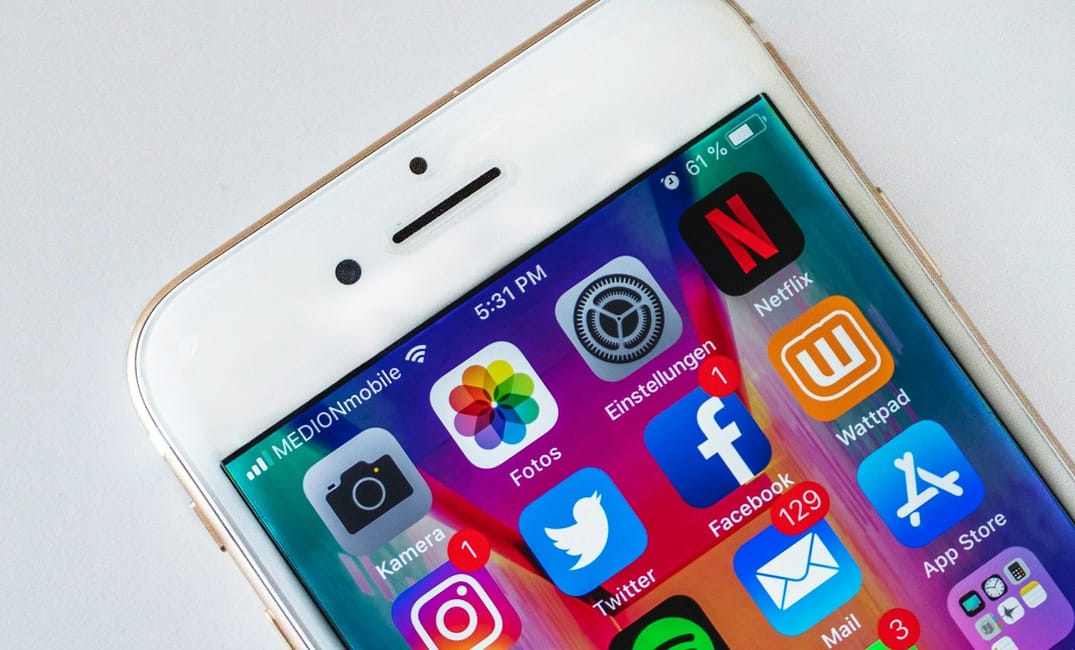Sam Gordon-Webb
Naked Politics Blogger
The Conservative Party is in trouble. Big trouble. The party is at war with its own members, fighting over the withdrawal deal. The now ex-Brexit secretary Dominic Raab, didn’t even like it and resigned. In total 20 members of government have resigned.
Jeremy Corbyn may tell you differently, but it pretty clear that if Labour were elected in 2015, they’d be facing the same difficult situation. Issues related to Brexit have consumed both major political parties, almost to the point of breakage.
But let’s forget about Brexit for a moment (if possible). The Conservatives have a big problem: they are terrible at social media.
Good social media means a practical, thoughtful approach. Social media that is bold, edgy and engaging. Mobilising young people involves connecting with them. Human connectivity can only be realised when people feel seen, heard and valued. The abysmal social media record of the Conservative Party disconnects young people from their elders. Our motives feel different, and our lives feel dissimilar.
Theresa May and her cabinet feel different. They don’t use Twitter in the same ways, they don’t use Instagram in the same ways, they don’t use Facebook in the same ways. Snapchat tends to be ignored.
In today’s world, if you want younger folks to listen up, a lacklustre social media presence is a form of political suicide. Good social media is a big winner. Just ask ‘Jezza’ Corbyn and his party of social media whizzards. During the 2015 election, the sheer number of people following Corbyn or Labour’s Facebook posts gave the party a huge amount of organic reach.
The posts targeted undecided voters in marginal constituencies. This meant that voters who couldn’t decide were quickly whipped away in a blizzard of Facebook messages encouraging Labour votes. Labour received an increase of 413, 674 Facebook likes from April 19th to 8th June, when the election took place. Conservative Party likes increased by 63, 362, a tiny 11% compared with Labours 76% increase enjoyed during the same period.*
t: 400;">The Conservative Party have a bad record on social media. Recent hiccups include the group “Activate” who were founded to directly challenge Labour’s popular grassroots movement, known as “Momentum”. They were closed within a year.“Activate” had many problems. A terrible Twitter handle with a double underscoring, made the task of reaching out to a large number of users nearly impossible. Twitter also refused to certify the account, and with a total of just 819 followers, things were beginning to look increasingly embarrassing.
The project was a good idea. Clearly inspired by Momentum’s success and aimed at engaging younger voters on a grassroots level. However the execution of the idea was hideous.
The fee to join was £500. “Activate” soon became an exclusive club of likely privately educated morons with abhorrent attitudes and terrible ideas. Instead of actively encouraging consensus and debate, members joked about “gassing chavs” on Whatsapp. Once these messages were leaked, the group fell.
There is some hope. Tory chairman Brandon Lewis recently announced that he would be hiring an army of paid tweeters to help combat their shortcomings online. Training sessions began to take place, with members encouraged to “get real” on Instagram. Despite efforts to reverse the trend, Conservative MP’s have yet to recognise the significance of a strong social media agenda.
Jag Singh’s company MessageSpace provided services to the Conservative campaign during the last election. He admitted that Labour’s use of social media was more effective.
“It’s about building a movement, and social media can provide the glue for people to bound together. If your strategy is to poke holes in the other side you don’t evoke that emotion of togetherness which is an important factor in getting people to vote.”
Rather than unite a community under a central belief, the party throws money at targeted advertising during the build-up to elections. Bad social media is not only careless, but suicidal. During the snap election of 2017, instead of building support, the party began to lose it, particularly amongst younger voters.
According to a report by think tank Demos, the youth of today believe that social platforms are essential for achieving social change. Social media is not only used by half a million people to engage with political groups, but it is the driving factor that determines who people vote for, and what they vote for.
At the moment, the party is missing a huge opportunity to attract younger voters- those of different social classes and backgrounds, and different views and opinions. The reason for this has nothing to do with a lack of policies attracting youth voters; many policies have focused on improving the lives of young people, such as building new homes, reforming the rental market, and commit to a greener future. The problem is the party’s inability to connect with this demographic on social media.
The consequence of a bad social media presence is that the ideological brilliance of Conservatism are being completely submerged . Young people are no longer Conservative. They feel Conservatism does not define who they are. This is dangerous. In a democratic society, both the left and right should be heard equally and respected equally.
*the statisitics quoted can be found here: http://blogs.lse.ac.uk/politicsandpolicy/explaining-labours-facebook-success/

